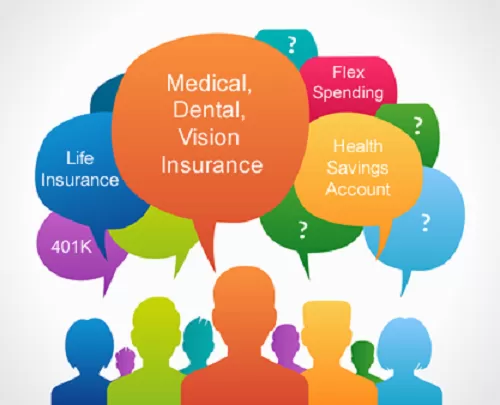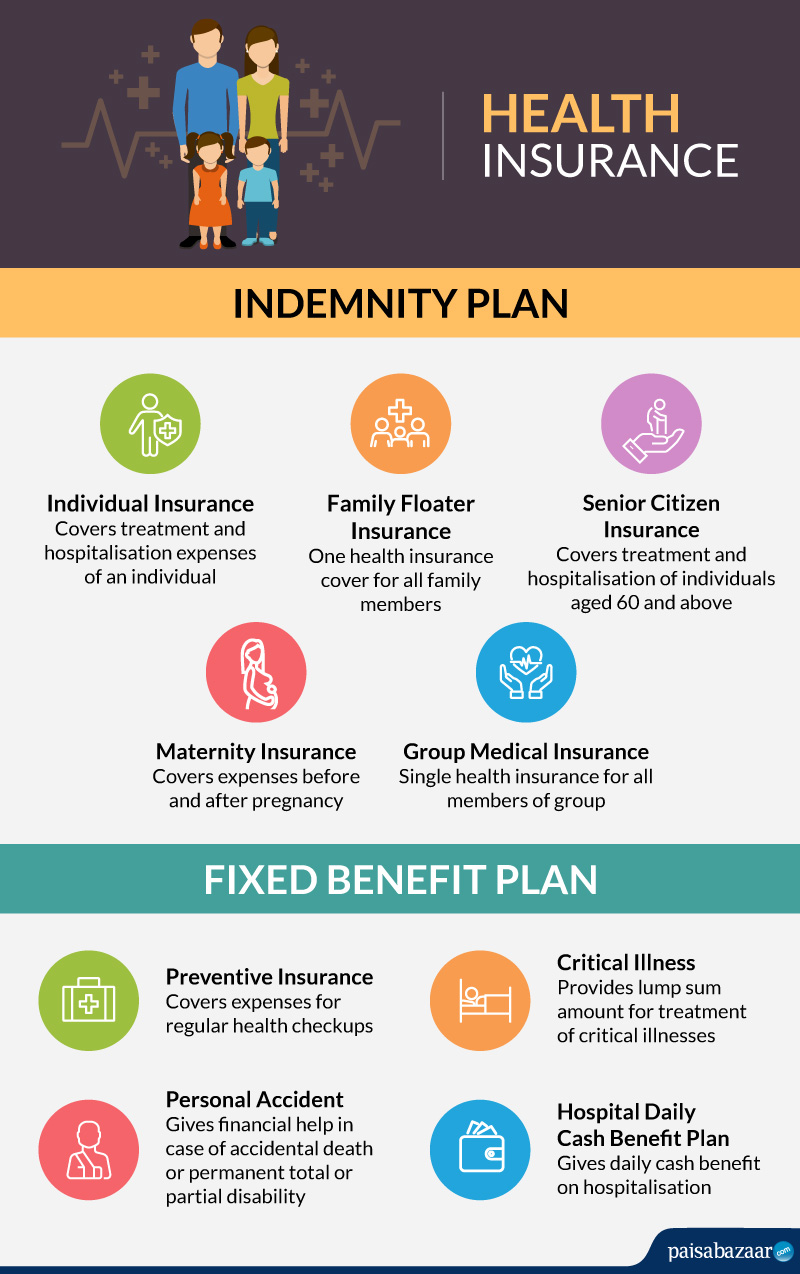About Medicare Advantage Agent
Wiki Article
The 6-Second Trick For Medicare Advantage Agent
Table of ContentsMedicare Advantage Agent for DummiesNot known Factual Statements About Medicare Advantage Agent Some Known Questions About Medicare Advantage Agent.

follows from perplexing the reasonably young age profile of the uninsured with the better health, typically, of younger individuals. This obscures the link between wellness status and health insurance. For those without access to work environment wellness insurance policy, inadequate wellness is a potential barrier to purchasing nongroup protection since such insurance coverage may be very valued, leave out preexisting conditions, or be simply not available. The number of uninsured Americans is not particularly huge and has not altered in the last few years. 7 out of 10 respondents in a country wide representative study thought that less Americans lacked health insurance than actually do(Fronstin, 1998). Roughly half(47 percent )thought that the variety of individuals without wellness insurance policy decreased or stayed constant over the last half of the last years(Blendon et al., 1999). This decrease of almost 2 million in the variety of individuals 'without insurance coverage (a reduction
of around 4 percent)is absolutely a positive change. With a softer economic climate in 2000 the most recent reported gains in insurance protection may not proceed(Fronstin, 2001 ). The decrease in the number of uninsured will not continue if the economic climate continues to be sluggish and wellness treatment costs continue to exceed rising cost of living. This is due to the fact that the data were collected for a duration of strong economic performance. Of the approximated 42 million people who were without insurance, almost about 420,000(regarding 1 percent)were under 65 years of age, the age at which most Americans become qualified for Medicare; 32 million were adults in between ages 18 and 65, about 19 percent of all adults in this age; and 10 million were youngsters under 18 years of age, concerning 13.9 percent of all kids (Mills, 2000). These price quotes of the variety of persons uninsured are created from the yearly March Supplement to the Present Population Study (CPS), carried out by the Demographics Bureau. Unless otherwise kept in mind, national price quotes of individuals without medical insurance and percentages of the populace with different sort of insurance coverage are based upon the CPS, one of the most widely utilized source of estimates of insurance coverage and uninsurance prices. These studies and the estimates they generate are explained briefly in Table B. 1 in Appendix B - Medicare Advantage Agent. These studies differ in size and tasting methods, the concerns that are asked regarding insurance
7 Easy Facts About Medicare Advantage Agent Described
coverage, and the time period over which insurance coverage or uninsurance is gauged(Lewis et al., 1998, Fronstin, 2000a ). Still, the CPS is especially helpful since it produces yearly quotes reasonably rapidly, reporting the previous year's insurance policy protection approximates each September, and due to the fact that it is the basis for a constant set of price quotes for greater than two decades, allowing for evaluation of trends in insurance coverage gradually.
The Buzz on Medicare Advantage Agent
Over a three-year duration beginning early in 1993, 72 million individuals, 29 percent of the united state populace, were without insurance coverage for a minimum of one month. Within a single year(1994), 53 million individuals experienced at the very least a month without protection(Bennefield, 1998a). Six out of every ten without insurance grownups are themselves utilized. Functioning does enhance the likelihood that one and one's family members will certainly have insurance, helpful site it is not an assurance. Also members of households with 2 permanent wage income earners have virtually a one-in-ten possibility of being without insurance (9.1 percent uninsured rate)(Hoffman and Pohl, 2000 ). The partnership between medical insurance and access to care is well developed, as documented later on in this phase. The partnership between health insurance policy and health end results is neither straight neither easy, a comprehensive clinical and wellness services study literary works links health insurance policy protection to improved enhanced accessibility care, better qualityHigh quality and improved personal individual population health health and wellnessStanding As an example, the second record, on personal health and wellness outcomes for uninsured grownups, is stood for by the inner circle of the figure, while the third record, on family wellness, includes the topics of the second record however stresses a various device of analysis, specifically, the family members. The 6th report in the series will certainly offer details regarding approaches and initiatives embarked on locally, statewide, or across the country to attend to the absence of insurance and its unfavorable influences. Degrees of evaluation for checking out the impacts of uninsurance. This discussion of medical insurance coverage concentrates largely on the U.S. population under age 65 since essentially all Americans 65 and older have Medicare or other public coverage.
It concentrates specifically on those without any type of health insurance coverage for any kind of size of time. The troubles encountered by the underinsured remain in some respects comparable to those faced by the without insurance, although they are typically less extreme. Uninsurance and underinsurance, nevertheless, entail clearly different plan issues, and the techniques for addressing them may vary. Throughout this study and the 5 reports to comply with, the main focus is on individuals without any medical insurance and thus no help in spending for health care beyond what is available via charity and safety and security net institutions. Medical insurance is an effective element influencing invoice of treatment since both individuals and medical professionals respond to the out-of-pocket rate of services. Health and wellness insurance policy, nevertheless, is neither needed nor sufficient to get to medical services. However, the independent and direct effect of health and wellness insurance protection on accessibility to health solutions is well developed. Others will certainly acquire the healthcare they need also without health and wellness insurance, by spending for it expense or seeking it from carriers that provide care totally free or at highly subsidized rates. For still others, wellness insurance policy alone does not make sure receipt of care as a result of other nonfinancial obstacles, such as an absence of healthcare companies in their area, restricted access to transportation, illiteracy, or linguistic and social distinctions. Official research regarding without insurance populaces in the USA dates to the late 1920s and early 1930s when the Board on the Price of Medical Treatment created a series of reports regarding funding doctor workplace sees and hospital stays. This issue became significant as the varieties of clinically indigent climbed up during the Great Anxiety. Empirical research studies regularly support the link in between access to care and enhanced health and wellness results(Bindman et al., 1995; Starfield, 1995 ). Having a normal resource of care can be considered a forecaster of gain access go to this site to, instead of a direct measure of it, when health results are themselves utilized as accessibility indications. This extension of the notion of accessibility dimension was made by the IOM Committee on Checking Accessibility to Personal Healthcare Services(Millman, 1993, p. Whether parents are guaranteed shows up to impact whether their kids obtain treatment as well as just how much careeven if the kids themselves have insurance coverage(Hanson, 1998). The wellness of moms and dads can affect their ability to look after their kids and the level of family members tension. Stressing over their youngsters's access to care is itself a resource of stress for parents. 3 chapters comply with in this record. Chapter 2 provides a summary of exactly how employment-based health and wellness insurance, public programs and private insurance policy plans operate and communicate to supply substantial but incomplete coverage of the U.S. population. This consists of a testimonial of historic fads and public laws affecting both public and personal insurance policy, a discussion of the interactions amongst the different types of insurance coverage, and an exam of why individuals relocate from one program to another or finish up

Report this wiki page